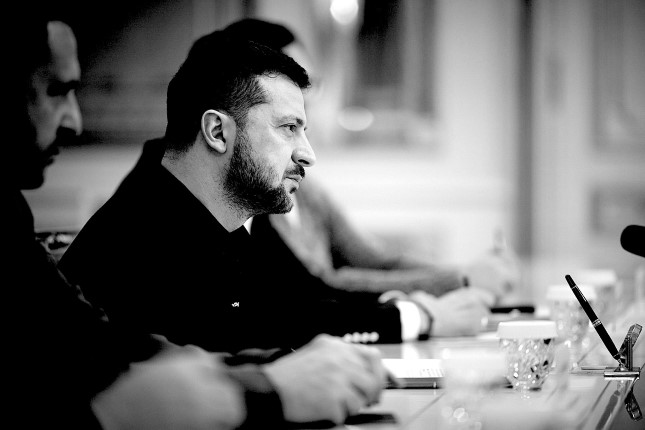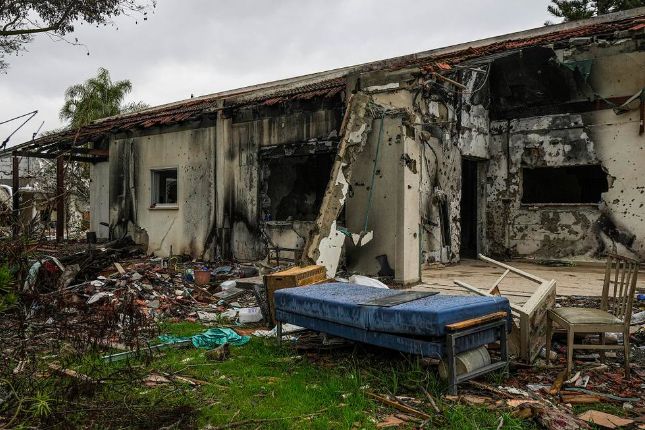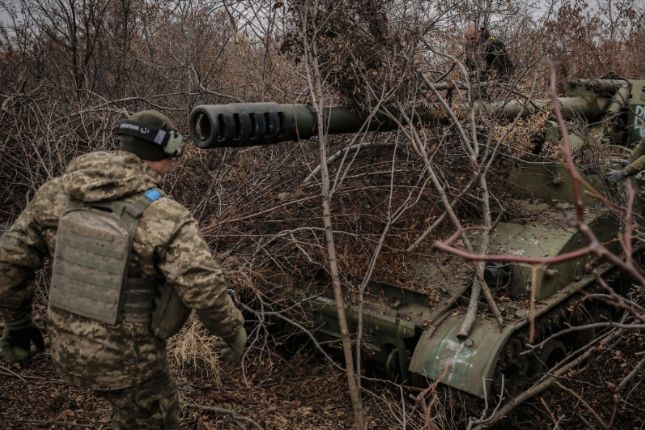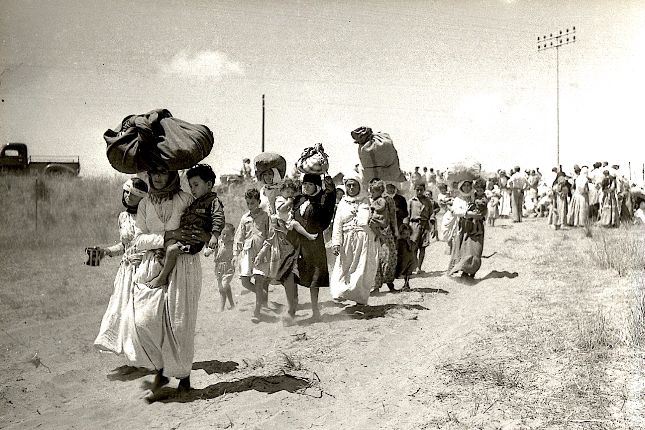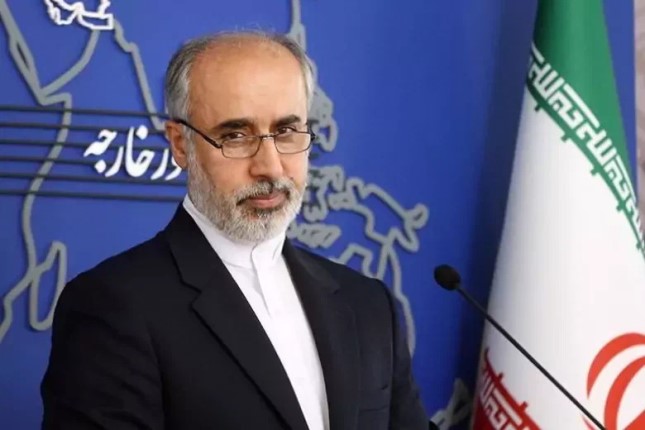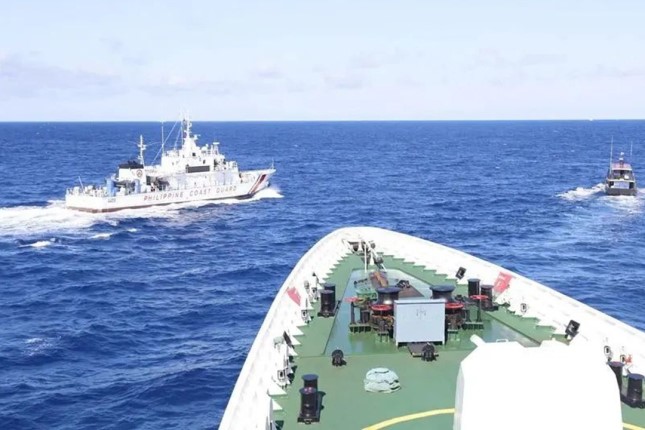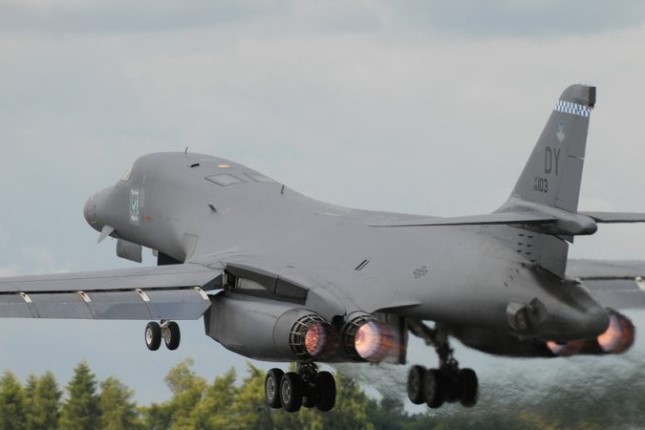The ground war in Ukraine has run its course, a new phase is beginning. Even diehard supporters of Ukraine in the Western media and think tanks are admitting that a military victory over Russia is impossible and a vacation of the territory under Russian control is way beyond Kiev’s capability.
Hence the ingenuity of the Biden administration in exploring Plan B — counseling Kiev to be realistic about loss of territory and pragmatically seek dialogue with Moscow. This was the bitter message that U.S. Secretary of State Antony Blinken transmitted to Kiev recently in person.
But President Volodymyr’s Zelensky’s caustic reaction in a subsequent interview with the Economist magazine is revealing. He hit back that the Western leaders still talk the good talk, pledging they will stand with Ukraine “as long as it takes” (Biden mantra), but he, Zelensky, has detected a change of mood among some of his partners:
“I have this intuition, reading, hearing and seeing their eyes [when they say] ‘we’ll be always with you.’ But I see that he or she is not here, not with us.”
Certainly, Zelensky is reading the body language right, as in the absence of an overwhelming military success shortly, western support for Ukraine is time-limited.
Zelensky knows that sustaining Western support will be difficult. Yet he hopes that if not Americans, the European Union will at least keep supplying aid and may be open to negotiations over the accession process for Ukraine possibly even at its summit in December.
He also held out a veiled terrorist threat to Europe — warning that it would not be a “good story” for Europe if it were to “drive these people [of Ukraine] into a corner.” So far such ominous threats were muted, originating from low ranking activists of the fascist Banderite fringe.
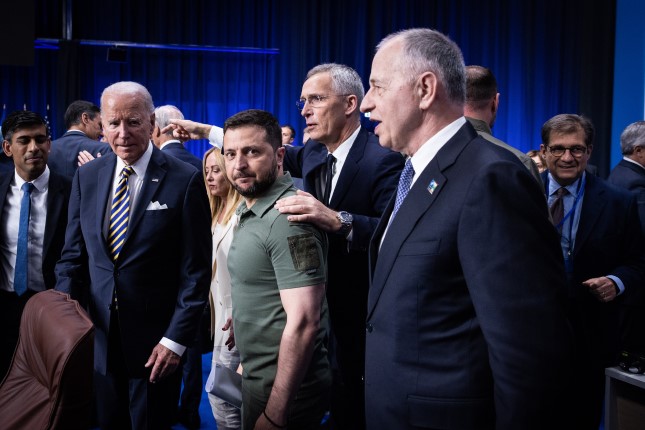
From left, U.S. President Joe Biden; Zelensky, NATO Secretary General Jens Stoltenberg and NATO Deputy Secretary General Mircea Geoana in Vilnius in July. Photo: NATO / Flickr / CC-BY-NC-ND 2.0.
But Europe has its limits, too. Western stockpiles of weapons are exhausted and Ukraine is a bottomless pit. Importantly, conviction is lacking whether continued supplies would make any difference to the proxy war that is unwinnable. Besides, European economies are in the doldrums. The recession in Germany may slide into depression, with profound consequences of “deindustrialisation.”
Suffice it to say, Zelensky’s visit to the White House in the coming days becomes a defining moment. The Biden Administration is in a sombre mood that the proxy war is hindering a full-throttle Indo-Pacific strategy against China. Yet, during an appearance on ABC’s This Week, Blinken explicitly stated for the first time that the U.S. would not oppose Ukraine using U.S.-supplied longer-range missiles to attack deep inside Russian territory, a move that Moscow has previously called a “red line,” which would make Washington a direct party to the conflict.
The well-known American military historian, strategic thinker and combat veteran, retired Col. Douglas MacGregor (who served as adviser to the Pentagon during the Trump administration), is prescient when he says that a new “Biden phase of the war” is about to begin. That is to say, having run out of ground forces, the locus will now shift to long-range strike weapons such as the Storm Shadow, Taurus and ATACMS long-range missiles.
US Long-Range Missiles
The U.S. is considering sending ATACMS long-range missiles that Ukraine has been asking for a long time with the capability to strike deep inside Russian territory. The most provocative part is that NATO reconnaissance platforms, both manned and unmanned, will be used in such operations, making the U.S. a virtual co-belligerent.
Russia has been exercising restraint in attacking the source of such enemy capabilities but how long such restraint will continue is anybody’s guess.
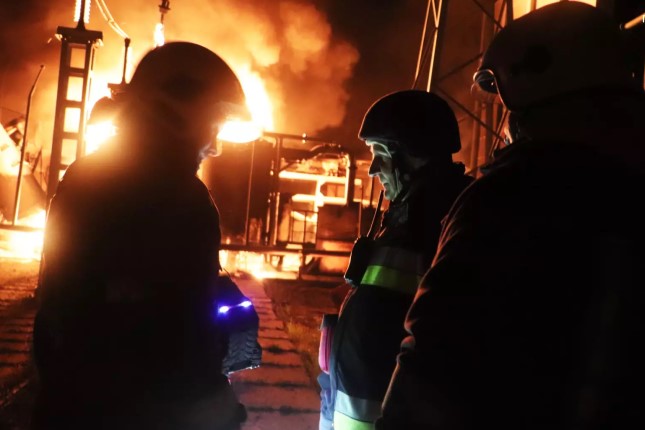
Energy facility in Kyiv Oblast after Russian drone attack on Oct. 27, 2022. Photo: Dsns.gov.ua / Wikimedia Commons / CC BY 4.0.
In response to a pointed query about how Washington would see the attacks on Russian territory with American weaponry and technology, Blinken argued that the increasing number of attacks on Russian territory by Ukrainian drones are
“about how they’re [Ukrainians] going to defend their territory and how they’re working to take back what’s been seized from them. Our [U.S. ] role, the role of dozens of other countries around the world that are supporting them, is to help them do that.”
Russia is not going to accept such a brazen escalation, especially as these advanced weapon systems used to attack Russia are actually manned by NATO personnel — contractors, trained ex-military hands or even serving officers.
Russian President Vladimir Putin told the media on Friday that “we have detected foreign mercenaries and instructors both on the battlefield and in the units where training is carried out. I think yesterday or the day before yesterday someone was captured again.”
The U.S. calculus is that at some point, Russia will be compelled to negotiate and a frozen conflict will ensue where NATO allies would retain the option to continue with Ukraine’s military build-up and the process leading to its membership of the Atlantic alliance, and allow the Biden administration to focus on the Indo-Pacific.
However, Russia will not settle for a “frozen conflict” that falls far short of the objectives of demilitarisation and denazification of Ukraine that are the key objectives of its special military operation.
Faced with this new phase of the proxy war, the form that the Russian retaliation takes remains to be seen. There could be multiple ways without Russia directly attacking NATO territories or using nuclear weapons (unless the U.S. stages a nuclear attack — of which the chances are zero as of now.)
Already, it is possible to see the potential resumption of military-technical cooperation between Russia and the DPRK [North Korea]. That could potentially include ICBM technology. And it would be a natural consequence of the aggressive U.S. policy towards Russia and its support for Ukraine — as much as of the current international situation.
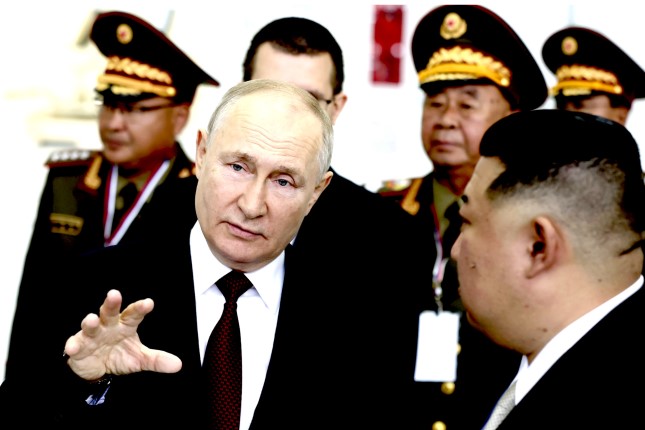
Putin with North Korea’s Kim Jong-un on Sept. 13 during a visit to the Vostochny Cosmodrome. Photo: Artem Geodakyan / TASS.
The point is, today it is with DPRK; tomorrow it could be with Iran, Cuba or Venezuela — what Col. MacGregor calls “horizontal escalation” by Moscow. The situation in Ukraine has become interconnected with the problems of the Korean Peninsula and Taiwan.
Russian Defence Minister Sergey Shoigu said on state television last week that Russia has “no other options” but to achieve a victory in its special military operation and will continue to make progress with the key mission of mowing down the enemy’s equipment and personnel. This suggests that the attritional war will be further intensified while the overall strategy may shift to achieving total military victory.
The Ukrainian military is desperate for manpower. In the 15-week “counteroffensive” alone, over 71,000 Ukrainian soldiers have been killed. There is talk of Kiev seeking repatriation of its nationals of military age from among the refugees in Europe. On the other hand, in expectation of a prolonged conflict, the mobilisation in Russia is continuing.
Putin disclosed on Friday that 300,000 people have volunteered and signed contracts to join the armed forces and new units are being formed, equipped with advanced types of weapons and equipment, “and some of them are already 85–90 percent equipped.”
The high likelihood is that once the Ukrainian “counteroffensive” peters out in another few weeks as a massive failure, Russian forces may launch a large-scale offensive. Conceivably, Russian forces may even cross the Dnieper River and take control of Odessa and the coastline leading to the Romanian border, from where NATO has been mounting attacks on Crimea. Make no mistake, for the Anglo-American axis, encircling Russia in the Black Sea has always been a top priority.
Watch the excellent interview (below) of Col. Douglas MacGregor by Professor Glenn Diesen at the University of North-Eastern in Norway:
Main photo: Ukraine’s President Volodymyr Zelensky during a meeting in Kiev in February with U.S. Treasury Secretary Janet Yellen © President of Ukraine / Flickr / Public domain.
Source: Consortium News.
